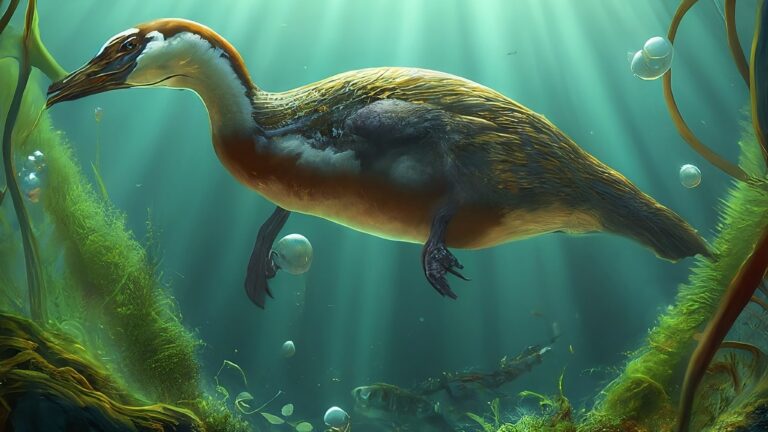60-Million-Year-Old Shark Fossils Found In Alabama

Scientists have made an incredible discovery in Alabama that has shark enthusiasts and paleontologists buzzing with excitement. A collection of 60-million-year-old shark fossils has been unearthed, giving us a fascinating glimpse into prehistoric ocean life.
These ancient remains help fill important gaps in our understanding of shark evolution and provide clues about what Alabama’s environment looked like millions of years ago when it was covered by a shallow sea.
1. Record-Breaking Discovery

Alabama’s limestone quarries yielded the most complete set of Paleocene shark fossils ever found in the southeastern United States. Researchers couldn’t believe their luck when they uncovered not just teeth, but rare vertebrae and cartilage impressions.
Unlike dinosaur bones, shark skeletons rarely fossilize because they’re made of cartilage rather than bone. This makes the Alabama find particularly special for scientists studying ancient marine predators.
2. Otodus Obliquus Teeth
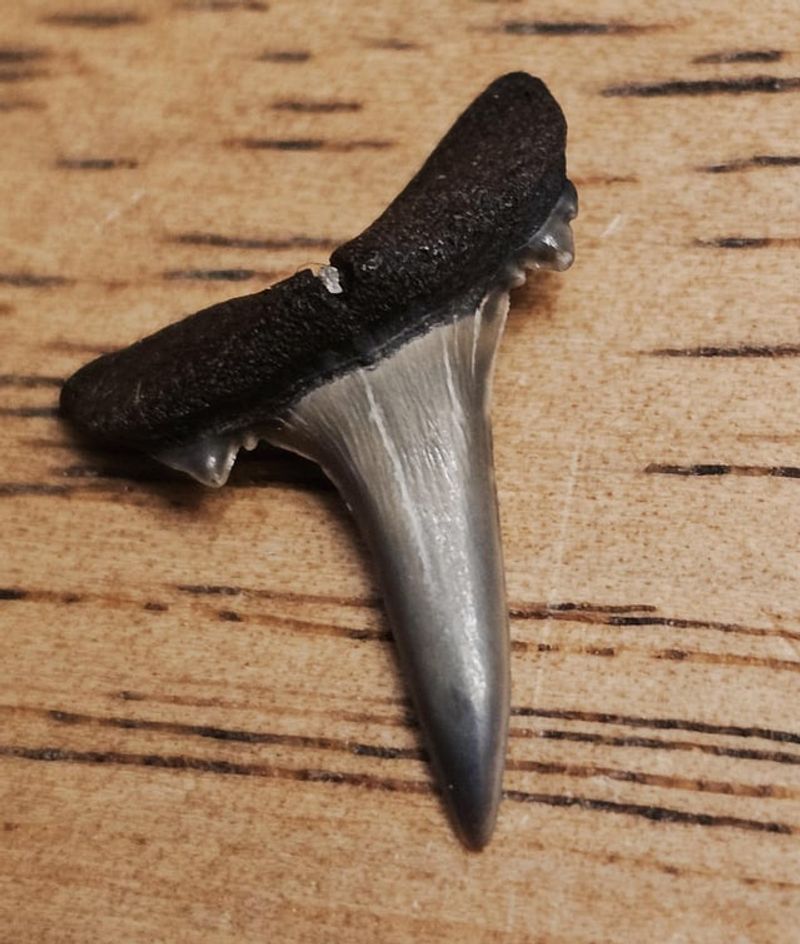
Among the most impressive finds were massive teeth belonging to Otodus obliquus, an ancient relative of the megalodon. Some teeth measured over 3 inches long with distinctive serrated edges perfect for slicing through prey.
Paleontologists can tell from wear patterns that these sharks likely fed on large marine animals. The teeth show Alabama’s ancient seas were once home to apex predators that would make today’s great whites seem small by comparison!
3. Ancient Alabama Seascape

Hard to imagine now, but 60 million years ago, much of Alabama lay beneath warm, shallow seas teeming with marine life. The fossil site represents what scientists call a “Lagerstätte” – an exceptional preservation area with unusually complete remains.
Microfossils found alongside the shark remains paint a picture of coral reefs, primitive whales, and abundant fish. This ancient ecosystem thrived during the Paleocene epoch, right after dinosaurs disappeared.
4. Unexpected Preservation Conditions
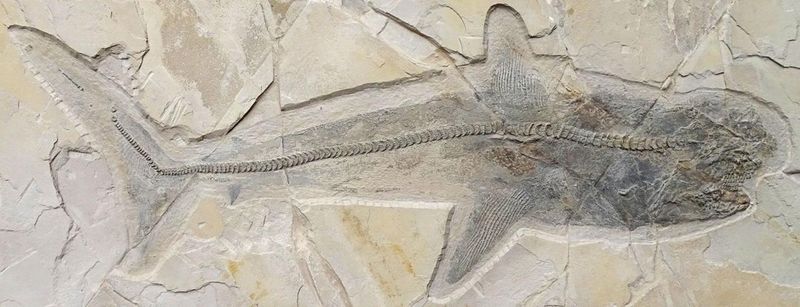
A perfect storm of geological events created ideal conditions for preserving these shark remains. Rapid burial in fine sediment protected the fossils from scavengers and decay.
The area’s unique limestone composition, rich in calcium carbonate, helped mineralize even delicate structures. Alabama’s relatively stable geological history since the Paleocene meant minimal disruption to the fossil beds, unlike many other regions that underwent significant geological upheaval.
5. Cartilage Impressions Reveal New Species

Remarkably preserved cartilage impressions led to the identification of three previously unknown shark species unique to the region. One species had distinctive spinal features unlike any modern shark.
Researchers named one new species Alabamacharax antiquus, honoring the state where it was discovered. Another species shows evolutionary adaptations for hunting in shallow coastal waters, with specialized fins that would have allowed it to maneuver in tight spaces.
6. Climate Change Evidence
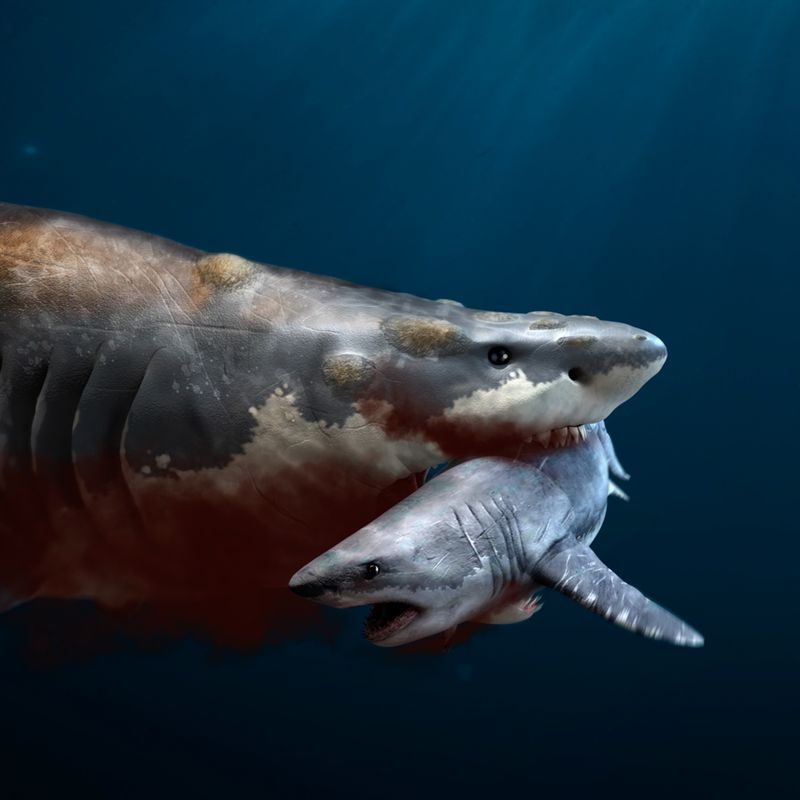
These shark fossils provide valuable clues about ancient climate shifts. The species discovered thrived in warmer waters than those found in modern-day Alabama, suggesting significantly different climate conditions.
Chemical analysis of the fossils reveals oxygen isotope ratios that indicate ocean temperatures were approximately 7-10 degrees warmer than today. This supports theories about a major warming period following the mass extinction event that killed the dinosaurs.
7. Citizen Scientist’s Lucky Find
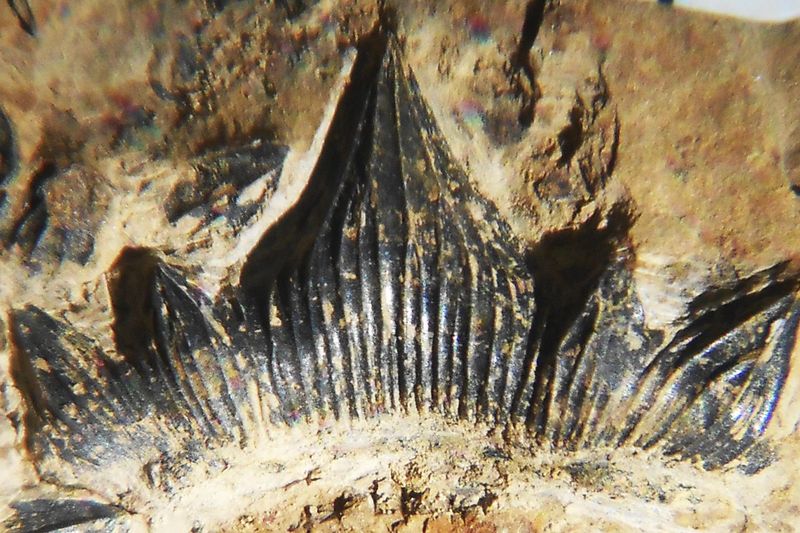
Amateur fossil hunter Maryanne Jenkins spotted the first tooth while hiking in Limestone County after heavy rains exposed fresh outcrops. Her discovery led professional paleontologists to the site.
Jenkins, a high school science teacher, recognized the significance of her find and immediately contacted Auburn University. Her careful documentation of the location proved crucial for the subsequent scientific expedition that uncovered the full extent of the fossil bed.
8. Advanced Imaging Techniques
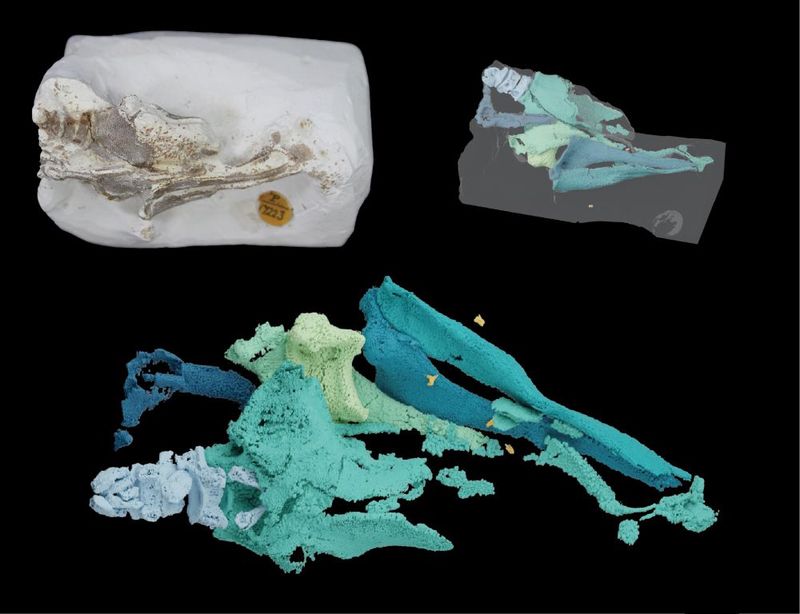
Scientists employed cutting-edge CT scanning to examine fossils without damaging them. This technology revealed internal structures invisible to the naked eye, including blood vessel pathways and nerve canals.
3D modeling software then reconstructed complete shark anatomies from fragmentary remains. Researchers even created augmented reality displays allowing museum visitors to see these ancient predators swim through prehistoric Alabama seas on their smartphones.
9. Evolutionary Missing Link
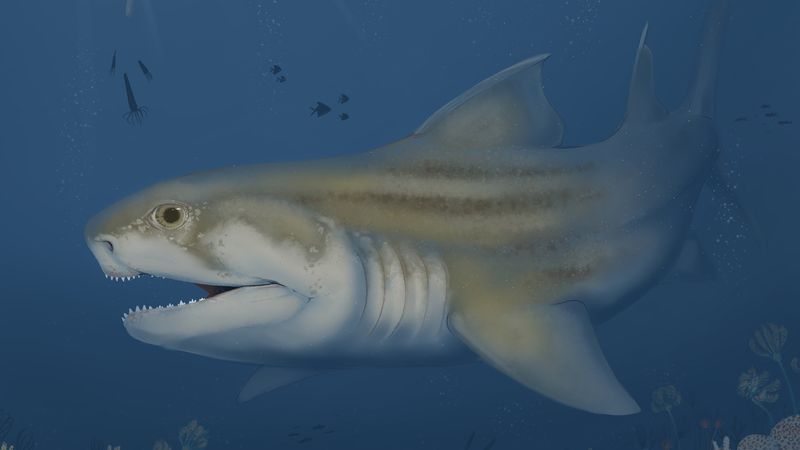
One fossil represents a transitional species bridging the gap between ancient and modern shark lineages. Its teeth show characteristics of both primitive Cretaceous sharks and more advanced forms that would later evolve.
This discovery challenges previous theories about shark evolution rates. Genetic analysis comparing the fossil specimens to modern sharks suggests certain evolutionary adaptations occurred much earlier than previously thought, forcing scientists to redraw shark family trees.
10. Feeding Behavior Insights

Fossilized stomach contents found with some specimens revealed surprising dietary habits. One shark had consumed primitive sea turtles, while another showed evidence of feeding on now-extinct shellfish species.
Bite marks on associated marine mammal bones indicate hunting strategies similar to today’s sharks. Analysis of tooth wear patterns suggests these ancient predators employed a “bite and wait” technique for larger prey, taking an initial powerful bite before waiting for the victim to weaken.
11. Public Exhibition Plans

The McWane Science Center in Birmingham will host the first public exhibition of these remarkable fossils starting next spring. Visitors can witness the preservation process in a special “fossil lab” with working paleontologists.
Interactive displays will allow guests to compare their hand size to shark teeth and feel 3D-printed replicas. A virtual reality experience is being developed where visitors can “swim” through ancient Alabama seas alongside these prehistoric predators.
12. Conservation Implications

Modern shark conservation efforts gain valuable context from these ancient finds. Researchers noted striking similarities between extinction patterns 60 million years ago and today’s declining shark populations.
The fossils show how sharks previously adapted to changing oceans but also reveal their vulnerabilities. Scientists hope these discoveries will highlight the importance of protecting modern sharks facing threats from overfishing and habitat loss.




